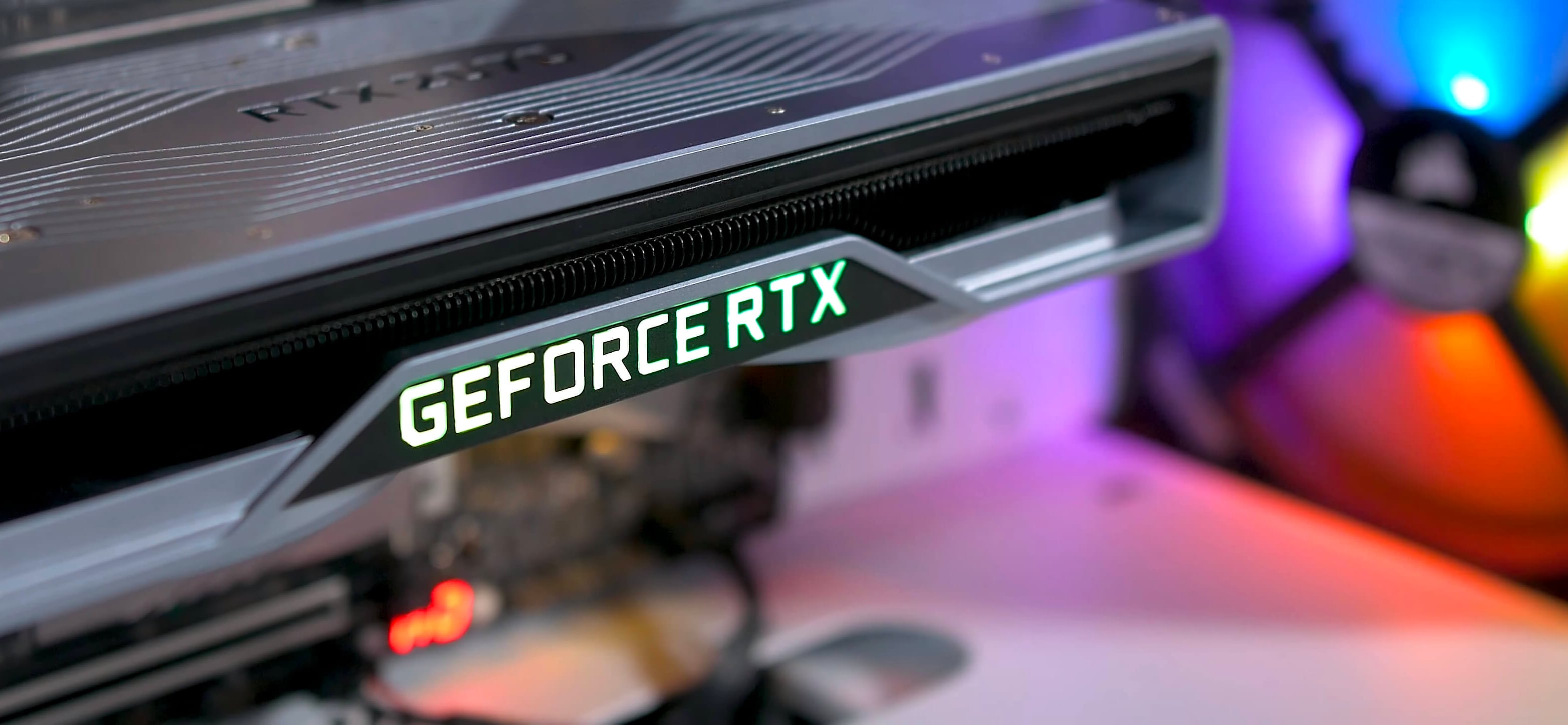I've been hoping for a while to see if someone can really dig into how VRAM is actually used in games. Some games, like FFXV and Call of Duty (there's an option for it), will happily eat all the VRAM but somehow performance is stable. I'm also not really convinced that the VRAM counters in games like in GTAV or Resident Evil 2 are accurate per-se. I did a test on GTAV where it claimed it would use something like 1GB of VRAM, but it ended up at the end of a benchmark run using 1.7GB. I also suspect that a good chunk of VRAM is just swap space for whatever textures are needed at the moment. Once the game no longer needs it, the textures get dumped for something else.



